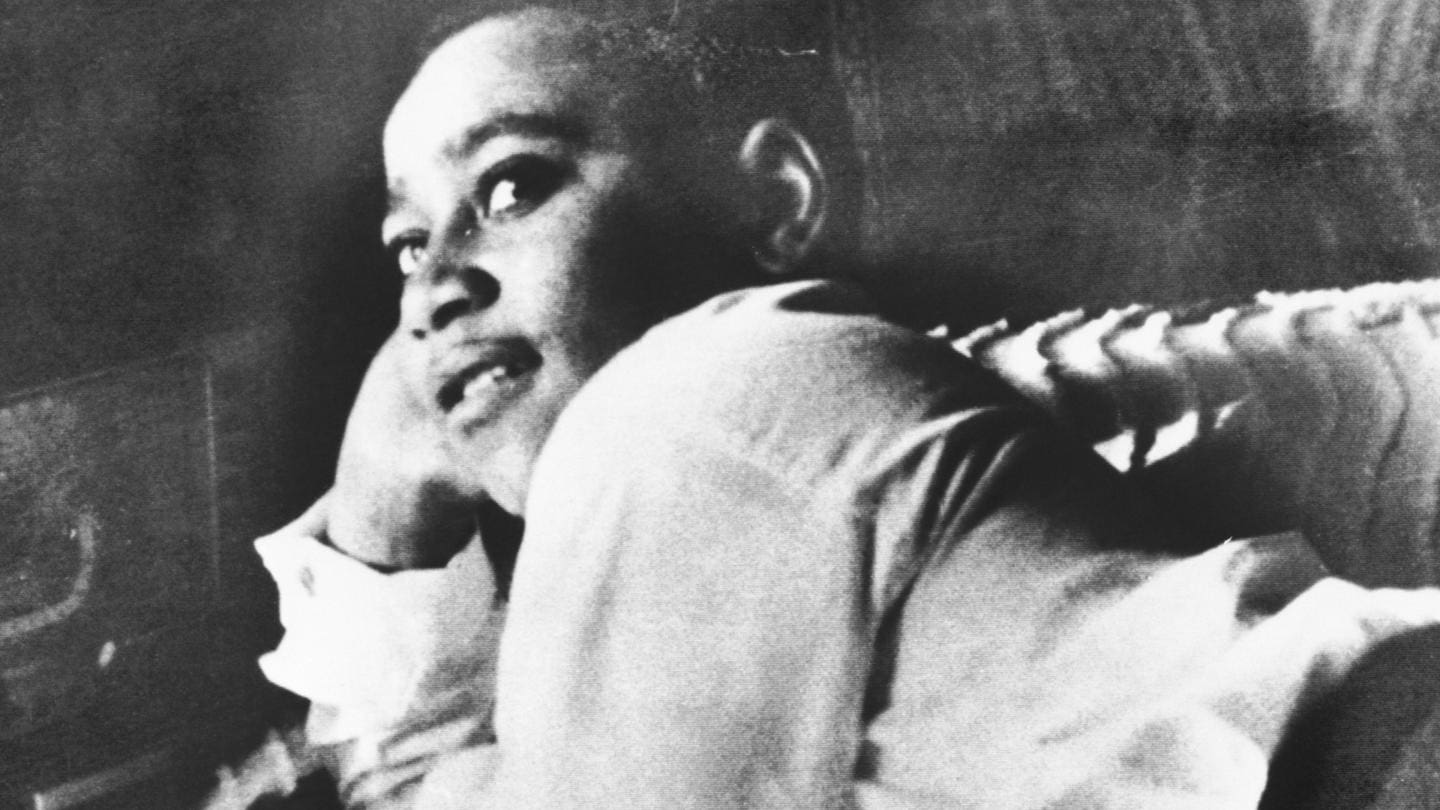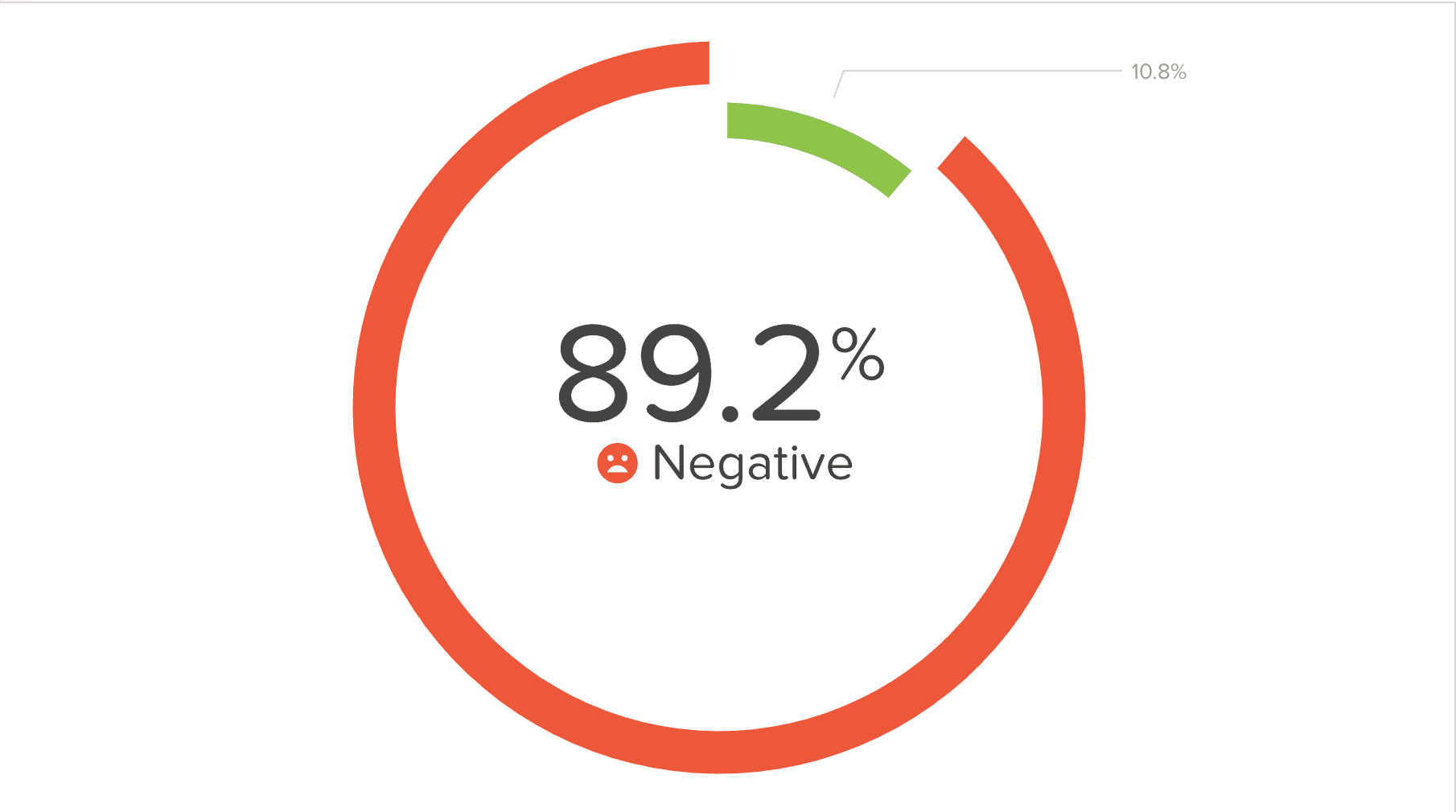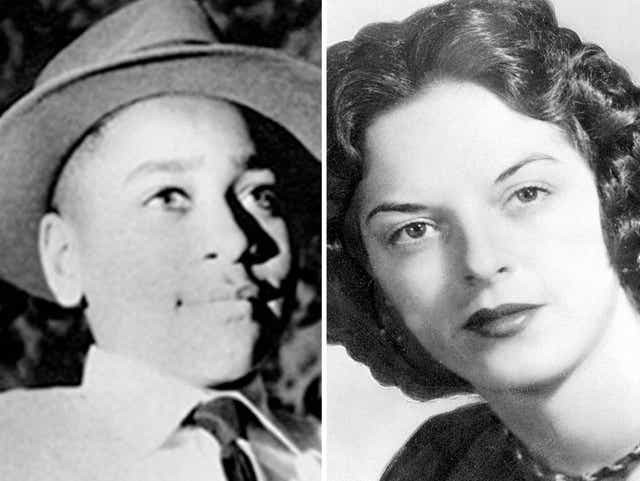Long Overdue Justice for Emmett Till

Emmett Till was only 14-years-old when he was brutally murdered by two White men over a lie. Photo from History.com.
Lynching in the U.S. is now considered a federal crime. The U.S. House passed H.R. 35 or the Emmett Till Antilynching Act in a 410-to-4 vote Feb. 26, according to The Washington Post.
The passing of this legislation symbolizes the U.S. government’s intolerance for violent crimes against racially minoritized groups, particularly Black people within the U.S.
In June 2018, Senators Kamala Harris, Cory Booker and Tim Scott presented the Justice of Victim of Lynching Act, which is an older version of the current. While this is a great feat, there is still the fact that this legislation should have been passed over 120 years ago. Congress failed 200 times to pass the bill as cited in the new version. It has been presented to seven presidents from 1920-1940.
Why the Immediacy Now?
The progression for this bill occurred after the racial violence occurred in Charlottesville, Virginia. From Aug. 11-12, 2018 White supremacists and neo-Nazis arrived to Charlottesville to protest the statue removal of Confederate General Robert E. Lee. There were also counter-protesters who approved of the removal because it was a symbol of racism. After Donald Trump won the 2016 Presidential Election, racial tensions in the U.S. were amplified (they were already here, but largely ignored). Many White supremacists and neo-Nazis groups became more vocal and visible about their opinions towards minoritized after his win. Unfortunately, a car was rammed into the counter-protesters resulting in the death of Heather Heyer.
On page three, the bill read, “Only by coming to terms with history can the United States effectively champion human rights abroad.” Hence, the U.S. needs to critically analyze its racial history and how it has affect countless lives in the pursuit of maintaining White supremacy. The bill implied 4,742 lives (even thought there were countless more) would have been saved if it was passed prior to 1882. One of the most prominent lynching cases was the murder of Emmett Till.
Emmett Till’s Murder

The negative sentiment was not about the bill being passed. Many discussions focused on why it took so long to pass. This was also the reason why top words such as “long,” “finally” and “120,” were trending. Photo from Adam Brown Social Media Command Center Social Media Studio.
The act was named in honor of Emmett Till, a young 14-year-old boy from Chicago, who was brutally murdered by two White men in 1955. He was visiting family in Money, Mississippi at the time of his murder. Till was accused by Carolyn Bryant (Roy Bryant’s wife), a White woman, of whistling and making sexual advances at her. Thus, her husband decided to take revenge. Bryant and his half-brother J. W. Milam, kidnapped, tortured, beat Till to the point of disfigurement and then shot him. They then tied barbed wire attached to a cotton-gin around his neck and threw his body into the Tallahatchie River. Till’s body was discovered three days later. Mose Wright, Till’s uncle, could only identify him from the ring Till was wearing at the time of the murder.
After Till’s mother, Mamie Bradley, saw her only son’s body, she decided to have an open-casket funeral to show the world how Blacks are treated in the U.S. Till’s friend Henry Pettigrew, 77, recalled the day of the funeral in an interview with the Chicago Tribune. It was also the day a 12-year-old Black boy realized the horrors of being Black in America.
“As I approached the casket, I remember looking at him. I remember the preacher was preaching and the choir was singing and I remember how gross his face looked. It was swollen. It was like a monster movie. I stood there a little bit and stared at him in hopes that I could recognize something. And I couldn’t. I remember crying and walking away. And I remember thinking: It could have been me,” Pettigrew recalled.
The two White men were found not guilty by an all-White jury. Till’s death was/and still it a reminder of why there needs to be “immediate change” of racial and civil rights in the U.S. However, the information surrounding the murder did not stop after his death.
The Monstrous Lie

Carolyn Bryant’s confession in 2008, which was revealed in Tyson’s 2017 book, prompted the U.S. Justice Department to reopen the case. Sadly, Bryant was not charged for manslaughter or perjury. Photo from Clarion Ledger.
Then in a 2017 book focusing on Till’s murder, “The Blood of Emmett Till” by Timothy B. Tyson, Ph.D., revealed Bryant’s confession was a lie. Tyson conducted an interview with Bryant in 2008, according to The New York Times. She stated, “Nothing that boy did could ever justify what happened to him.” This prompted the U.S. Justice Department to reopening the case to determine if there were any charges to be made. Unfortunately, the grand jury was unable to charge Bryant with manslaughter. The reopening of Till’s case was part of the department’s reexamination of racially charged murder cases that did not result in prosecutions.
Six Decades Later
In the Chicago Tribune article, Pettigrew revealed he still visits Till’s grave annually to “tidy up a bit, trim the weeds around the pictures, pay his respects.” The former police officer and substance abuse counselor believes the passing of this law is a “refreshing” reminder of the America’s history with racial violence and to not repeat history.
Sixty-five years have passed since Till was brutally murdered. However, the effect still resonates the consequences of racial tension and violence in the U.S. During those times, many focused on racial violence the South. However, racial tensions have not lessened in the U.S. The murders of Atatiana Jefferson, Botham Jean, Trayvon Martin, Sandra Bland and so many others just proves racial tensions just mold into new avenues to oppress Blacks. The tension was always there, but it was just more covert.